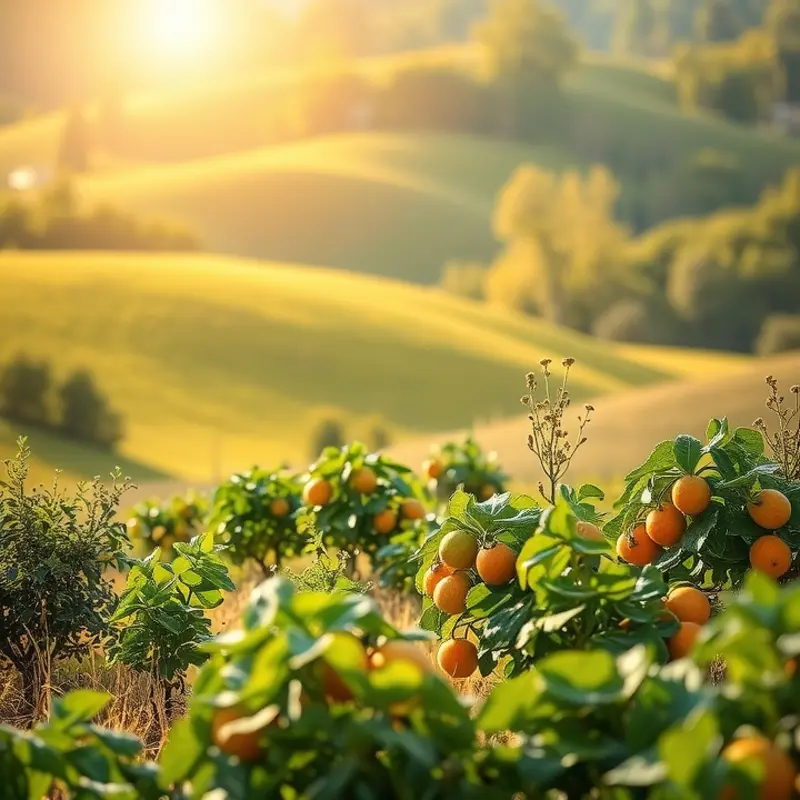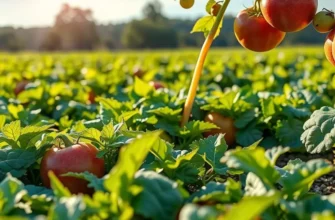Organizing your pantry isn’t just about aesthetics—it’s a crucial step towards safer food storage and minimizing waste. A well-organized pantry streamlines meal preparation, ensures easy access to ingredients, and helps you keep track of what you have on hand. By following practical strategies, you can optimize your pantry space, maintain food freshness, and enhance your overall food management at home. Let’s dive into effective tips for organizing your pantry shelves wisely.
Sorting Essentials: Decluttering Your Pantry

Transforming your pantry into a well-organized haven begins with decluttering. This task may seem daunting, but breaking it down into manageable steps can streamline the process, enhancing your pantry’s efficiency and safety.
Start by emptying your pantry completely. This might seem drastic, but it’s essential to assess each item’s status. As you remove items, check expiration dates. Discard anything expired, as well as any opened packages that have lost their freshness. If you come across unopened items close to their expiration date, consider incorporating them into your upcoming meal plans to reduce waste.
Once your pantry is empty, use this opportunity to clean the shelves thoroughly. Ensuring cleanliness is crucial in avoiding pest infestations and maintaining hygiene. Depending on your pantry’s material, you may require specific cleaning products, but warm, soapy water usually does the trick.
With a clean slate, begin categorizing your items. Aim for a system that makes sense for your household; categories might include grains, canned goods, snacks, baking supplies, and spices. Group similar items together to make it easier to locate what you need when planning meals or creating a shopping list.
Next, consider the frequency of use for each category. Place frequently used items such as cooking oils and spices at eye level where they are easily accessible. Less commonly used items can occupy higher or lower shelves. This strategic organization reduces time spent searching for ingredients and helps prevent unnecessary purchases.
In the process of sorting, you might find yourself with duplicates. Sometimes, purchasing excess items happens due to a lack of awareness about what’s already in stock. Keep duplicates to a minimum and store them toward the back of their respective categories, ensuring you use older items first.
If you’re struggling to find enough storage room, consider adopting some space-saving solutions. Stackable containers or tiered shelving can maximize vertical space, and clear storage bins help you quickly identify contents. Such strategies not only save space but also maintain an orderly appearance.
Labeling is another essential step in the decluttering process. Clearly label your containers or shelves with their intended contents. This labeling system aids all household members in maintaining the order you’ve established. Remember to include the date when transferring items into new containers to keep track of freshness.
For an eco-friendly approach to decluttering, consider donating non-perishable items you won’t consume before they expire. Many community organizations accept such donations, contributing to less food waste. Learn more about eco-smart kitchen storage for additional sustainable strategies.
Through thoughtful categorization and a focus on efficiency, your pantry becomes more than just a storage space; it transforms into a vital part of your household’s food system. By mastering these sorting essentials, you’re on your way to reducing waste and enhancing your overall food management.
Optimal Arrangement: Smart Storage Solutions

The art of organizing a pantry goes beyond decluttering; it thrives on strategic arrangement. An efficiently arranged pantry ensures easy access, maximizes visibility, and promotes food safety, all while enhancing your overall food management experience. Start with categorizing your items by type: grains, snacks, canned goods, baking supplies, and spices. Allocate designated areas on your shelves for each category to streamline your storage.
Opt for transparent containers whenever possible. They enhance visibility, allowing you to quickly identify contents without opening the containers. This simple switch can minimize food waste and prevent duplicate purchases as you’ll always know what you have on hand. Ensure containers are airtight to maintain freshness, especially for items like flour, sugar, or cereal, which can easily attract pantry pests.
Consider shelf labeling as it acts as a gentle reminder for maintaining order. Use labels to distinguish sections or groups of items, which encourages everyone in your household to return products to their rightful place. Shelf labels can be as simple as handwritten tags or more formal printed labels, tailored to your aesthetic.
Think vertically to maximize your shelf space. Use risers or tiered shelves for canned goods or stackable bins for snacks. This approach allows you to see items at the back without having to move multiple products, promoting a hassle-free experience when retrieving goods. Similarly, utilizing clearly labeled glass jars for bulk items can save space and reduce packaging waste.
A rotating pantry, or lazy Susan, can be particularly useful for hard-to-reach corners and deep shelves. They offer easy access to jars or bottled goods that could otherwise get lost at the back of the shelf. Minimizing food waste starts with easy access to all your products, ensuring nothing gets forgotten or expired.
Safety in the pantry isn’t solely about preventing falls or collapsing items. It’s about ensuring food stays healthy to consume. Frequent checks for expired items are key. Implement a ‘first in, first out’ method to arrange food items, placing newer groceries behind older ones. This practice encourages consumption of the oldest items first and keeps your pantry freshly stocked.
Lastly, consider integrating a sustainability aspect into your storage strategy. Eco-friendly kitchen storage solutions, such as compostable bags or containers made from sustainable materials, can help reduce your ecological footprint. For inspiration, the eco-smart storage guide offers valuable insights on environmentally friendly practices for your kitchen.
By employing these smart storage solutions, you effectively transform your pantry into a well-organized, functional space that enhances your cooking and dining experiences. Not only will you find joy in the neatness, but you’ll also appreciate the efficiency it introduces into your daily routine.
Final words
An organized pantry is a stepping stone towards healthier eating habits and efficient kitchen management. By decluttering and adopting smart storage solutions, you not only enhance food safety but also reduce waste significantly. Regularly review your pantry’s contents and adjust your organization as needed to keep your food management system effective. Remember, a well-structured pantry brings structure to your cooking process, saving you time and helping you make better food choices. Start your organizing journey today, and relish the benefits of a tidy and efficient pantry!







